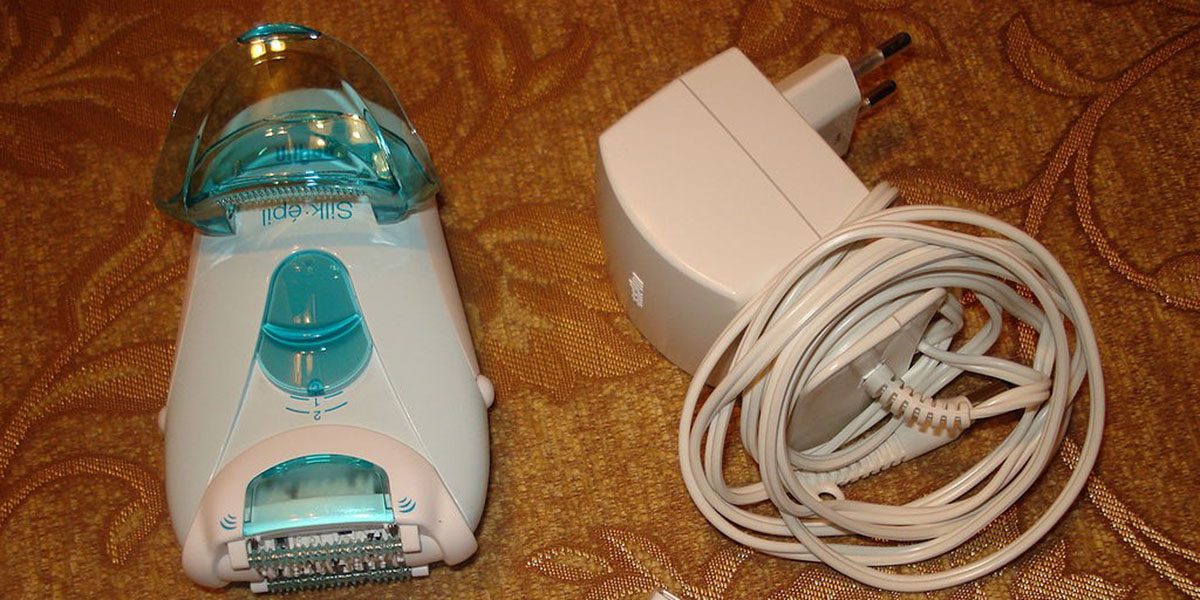Table of Contents
People with acquired hypertrichosis have a much better prognosis compared to people with the congenital variant of the disorder. Simply put, it’s easier to treat a disease when you know its cause compared to when you don’t. For instance, when hypertrichosis is due to a medication, withdrawal of the medication (such as minoxidil) causes reversal of the condition. Similarly, following a trauma to a specific skin area (that might lead to cellular overstimulation), once the wound heals, the abnormal hair growth stops. However, if the disorder is congenital, there is no cure as for today that would suppress the growth of hair.

Nevertheless, although the hair growth in hypertrichosis cannot be stopped, it can definitely be attenuated.
Temporary depilation methods include options such as shaving, depilatories, hair trimming, etc. Epilation (threading, waxing, sugaring, hair plucking) is a much better option as it gives results that actually last for a couple of days to weeks. This is due to the fact that unlike depilation where the hair follicle is simply cut off, epilation actually removes the hair from its roots, thus giving longer lasting results.
If you want to opt for more permanent solutions, then laser hair removal and electrology (that uses electrical current) are the best options. The main setbacks with laser hair removal are the fact that it only works on colored hair (and no white hair), and also has an increased risk of scar formation, skin irritation and wounding. The reason why laser works only for colored hair is because it only targets the melanin color that is present in the lower 1/3 of the hair follicle. And because white hair is free of melanin, it does not respond to laser treatment.
Social Implications
Unfortunately and for reasons that are beyond our control, people suffering from hirsutism are highly discriminated upon. Let’s face it, nobody would willingly choose to have disfiguring facial features, or no child would like to be associated to a wolf for the rest of his/her life. However, this is unfortunately what we commonly observe in communities where a child is suffering from hypertrichosis. Though the disorder is rare, the few occurrences that are reported also highlight a certain level of social discrimination towards the children who suffer from this disorder.
See Also: Permanent Facial Hair Removal
However though, notable figures in popular culture have turned what was once their curse into a blessing, and made a life out of their hypertrichosis. Julia Pastrana for instance, a native from Mexico who suffered from the disorder, was hired in a circus because of her uncanny facial features. Similarly, in 2011, an 11-year old girl originating from Thailand (Supatra Sasupan) was entered in the World Guinness Records as the hairiest child in the world. This might not have cured her condition – undoubtedly – but surely did add to her other reasons to smile every day.
- Photo courtesy of Rachel Carter by Flickr : www.flickr.com/photos/raggle/3058824897
- Photo courtesy of Maderibeyza by Wikimedia Commons : commons.wikimedia.org/wiki/File:Epilat%C3%B6r.JPG


Your thoughts on this